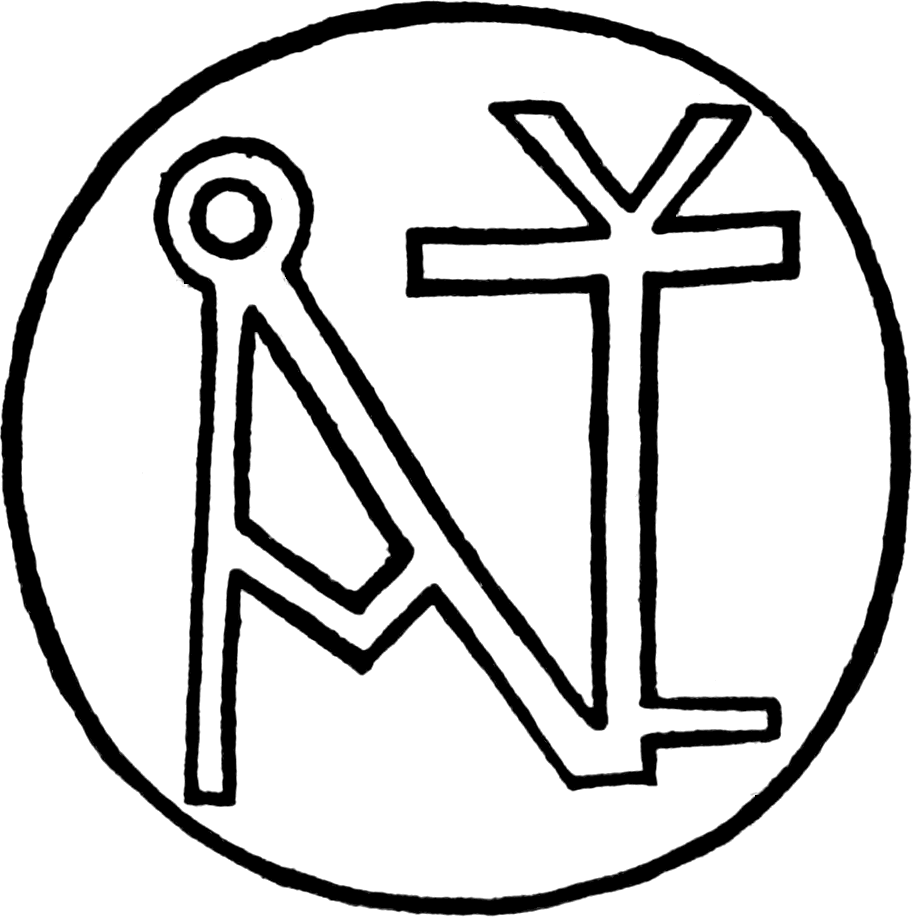SANCTA SOPHIA
CONSTANTINOPLE
“A work as they report surpassing every edifice in the world.”
William of Malmesbury.
“The fairest church in all the world.”
Sir John Mandeville.
“A marvellous and costful temple, clept St. Sophie.”
Capgrave’s Chronicle.
THE CHURCH OF
SANCTA SOPHIA
CONSTANTINOPLE
A STUDY OF
BYZANTINE BUILDING
BY W. R. LETHABY &
HAROLD SWAINSON

1894
Macmillan & Co. London & New York
Richard Clay and Sons, Limited,LONDON AND BUNGAY.
PREFACE
Sancta Sophia is the most interesting building on the world’ssurface. Like Karnak in Egypt, or the Athenian Parthenon, itis one of the four great pinnacles of architecture, but unlikethem this is no ruin, nor does it belong to a past world of constructiveideas although it precedes by seven hundred years thefourth culmination of the building art in Chartres, Amiens, orBourges, and thus must ever stand as the supreme monument ofthe Christian cycle. Far from being a ruin, the church is oneof the best preserved of so ancient monuments, and in regard toits treatment by the Turks we can only be grateful that S.Sophia has not been situated in the more learned cities ofEurope, such as Rome, Aachen, or Oxford, during “the periodof revived interest in ecclesiastical antiquities.” Our firstobject has been to attempt some disentanglement of the history ofthe Church and an analysis of its design and construction; onthe one hand, we have been led a step or two into the labyrinthof Constantinopolitan topography, on the other, we have thoughtthat the great Church offers the best point of view for the observationof the Byzantine theory of building.
It may be well for us to state how, in the main, we haveshared our work. The one of us—by the accident of the alphabet,second named—has done the larger part of the reading andthe whole of the translation required. The first has undertakenmore of the constructive side of the book and the whole ofthe illustrations. We both visited Constantinople, and wish tothank Canon Curtis for help then and since. Mr. AmbrosePoynter has read the proofs. In our text we have thought itwell to incorporate so far as possible the actual words of thewriters to whom we have referred. The dates when the moreancient authors wrote are given under their names in the index;so are the years of the accession of the Emperors mentioned inthe text. Although we have made full use of Salzenberg’sgreat work in the preparation of some of our illustrations, none[Pg vi]are mere transcripts from his book. In some instances wherescales are given to details, the scales are but rough approximations.
Much remains to be observed at S. Sophia; the Baptistery,the Cisterns beneath the church, and the Circular Building tothe east are practically unknown, and any fact noted in regardto them will almost certainly be new. But it is still moreimportant that building customs, recipes, and traditions shouldbe recorded. Byzantine art still exists not only o BU KİTABI OKUMAK İÇİN ÜYE OLUN VEYA GİRİŞ YAPIN!
Sitemize Üyelik ÜCRETSİZDİR!